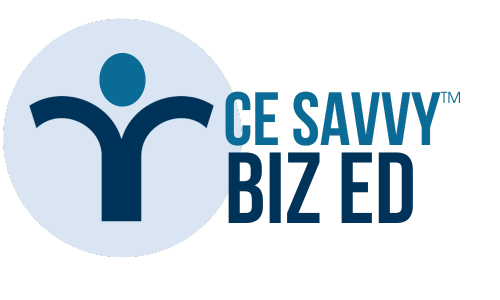Achieving a Healthy Balance: Business Planning Matters

How maxed out is your time? Most business owners struggle with this – too much to do, too little time. To prioritize consider: are you spending more time working on the creation of income or the creation of wealth? They are conjoined for sure, but by executing on financial priorities that are critical in all the important spheres in your life –in a healthy balance – you will likely achieve more of both.
That’s an important principle, because in your role as a leader, your team looks to you to be as proactive as possible about your strategic plans, so they can minimize time spent being reactive in the process of achieving them.
There are four key steps to working in balance towards the building of income and wealth, whether that’s in your business or your own personal wealth creation goals:
The Plan and Process that you as Leader develop with your advisors, is a prerequisite for the healthy engagement of people around you; those who will execute on and celebrate in  successful results. Within the business, that requires an organizational structure that may begin with a sole proprietor, but can quickly grow to include employees, subcontractors, and external advisors.
successful results. Within the business, that requires an organizational structure that may begin with a sole proprietor, but can quickly grow to include employees, subcontractors, and external advisors.
Your organizational and reporting structure will quickly need to be defined, to keep everyone aligned to the business results needed to be accountable to the Business Plan. That’s a key role for you, the Leader. So are the Key Performance Indicators (KPIs) you will set in contracts, bonus plans and business meetings that monitor ongoing results.
Business planning sets out the process for achieving the strategic vision in the near, medium and long term. The business plan will also, however, define the process required to anticipate and target risks to the top and bottom line and how to manage through them. When this is done well, you have assembled all the ingredients for one success after another, and that’s the definition of business growth.
Building your personal wealth will also rely on the four key pillars: Leadership, Plan, Process and People. But this time, the stakeholders are different. They will include your family members – often multiple generations – but also your personal advisors: accountants, lawyers, investment specialists, and so on.
When it comes to your financial goals, the vision and its scope are different, too. They will define the quality of life you have outside of your business. Strategic wealth planning will help you answer one of the biggest questions most people worry about:
Will I have enough?
The first objective of the Wealth Plan is to manage risk and leverage both time and money available to the household in a consistent way to meet your lifecycle objectives. This goal-based strategy changes the question to be asked to this one:
How much is enough?
When you know your number, because you have set your goals and aligned the needs of your family, you can begin to work methodically to meet your personal wealth plan, including your business succession plan, with sound and knowledgeable decision-making. Why is that important?
Because for most people, time is more precious than money.
Bottom Line: The key to achieving true wealth - financial peace of mind - boils down to how you manage both risk and time. To manage risk, know your Plan B – that’s your most important defense when Plan A is not achievable because things change.
To manage time, consider this: have you secured a balanced approach to both your business and personal affairs that allows you to be mentally and physically fit enough to fully embrace all the dimensions of your life? If the answer is no, hone both, by doing what many successful business owners do for themselves: seek help.
Additional Educational Resources: Take Business Leadership Training with the Knowledge Bureau’s CE Savvy™ Biz Ed Courses.